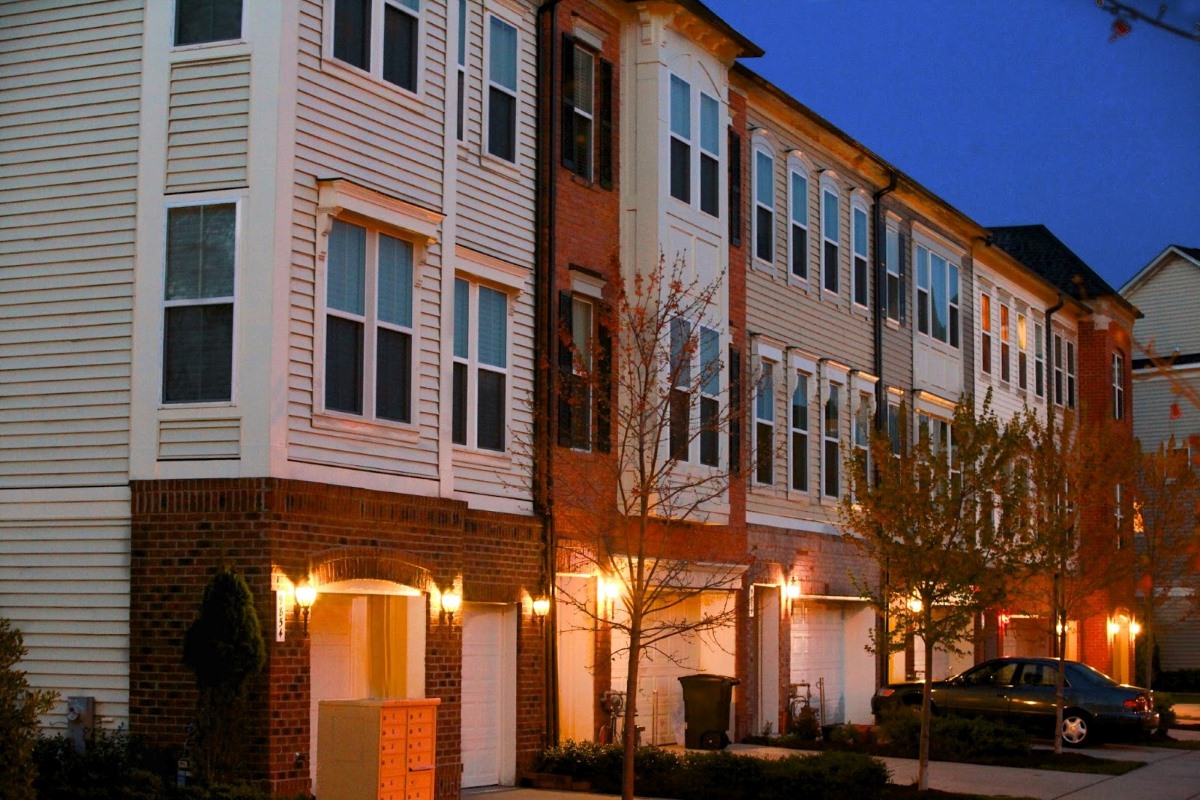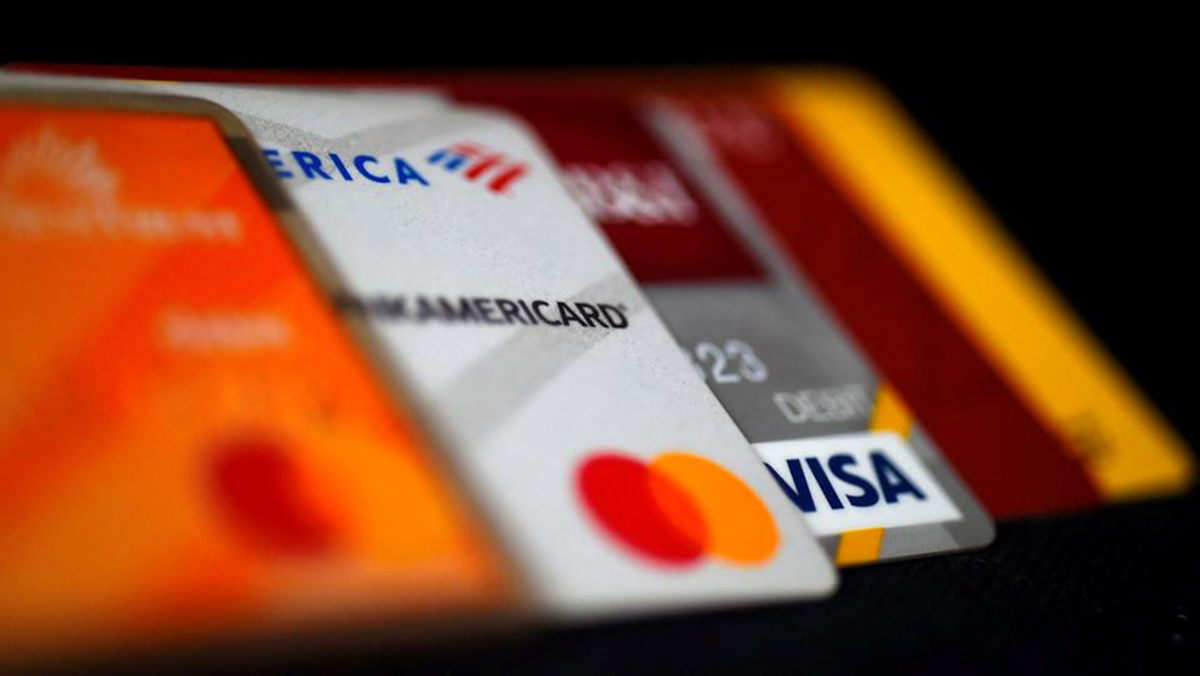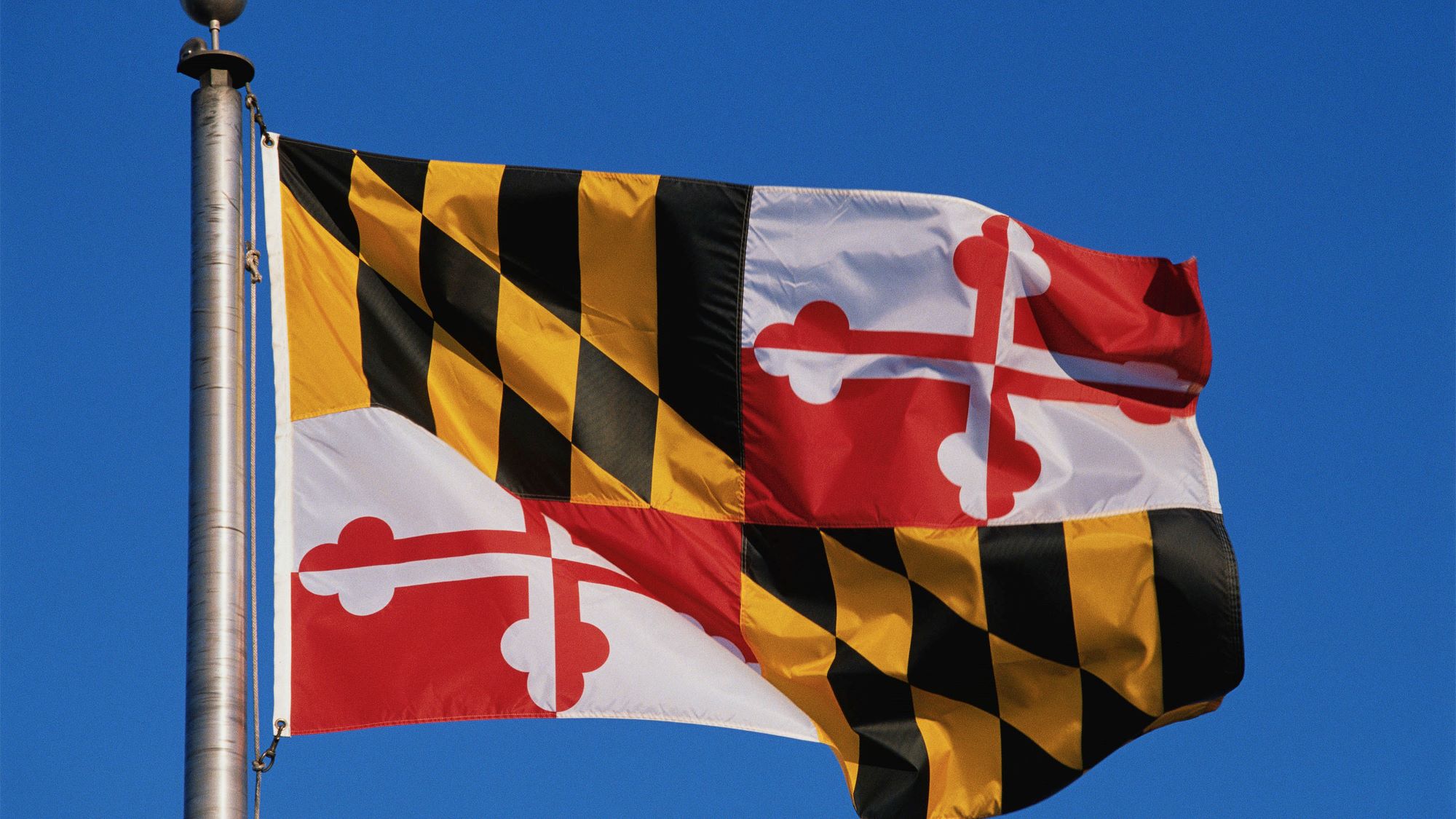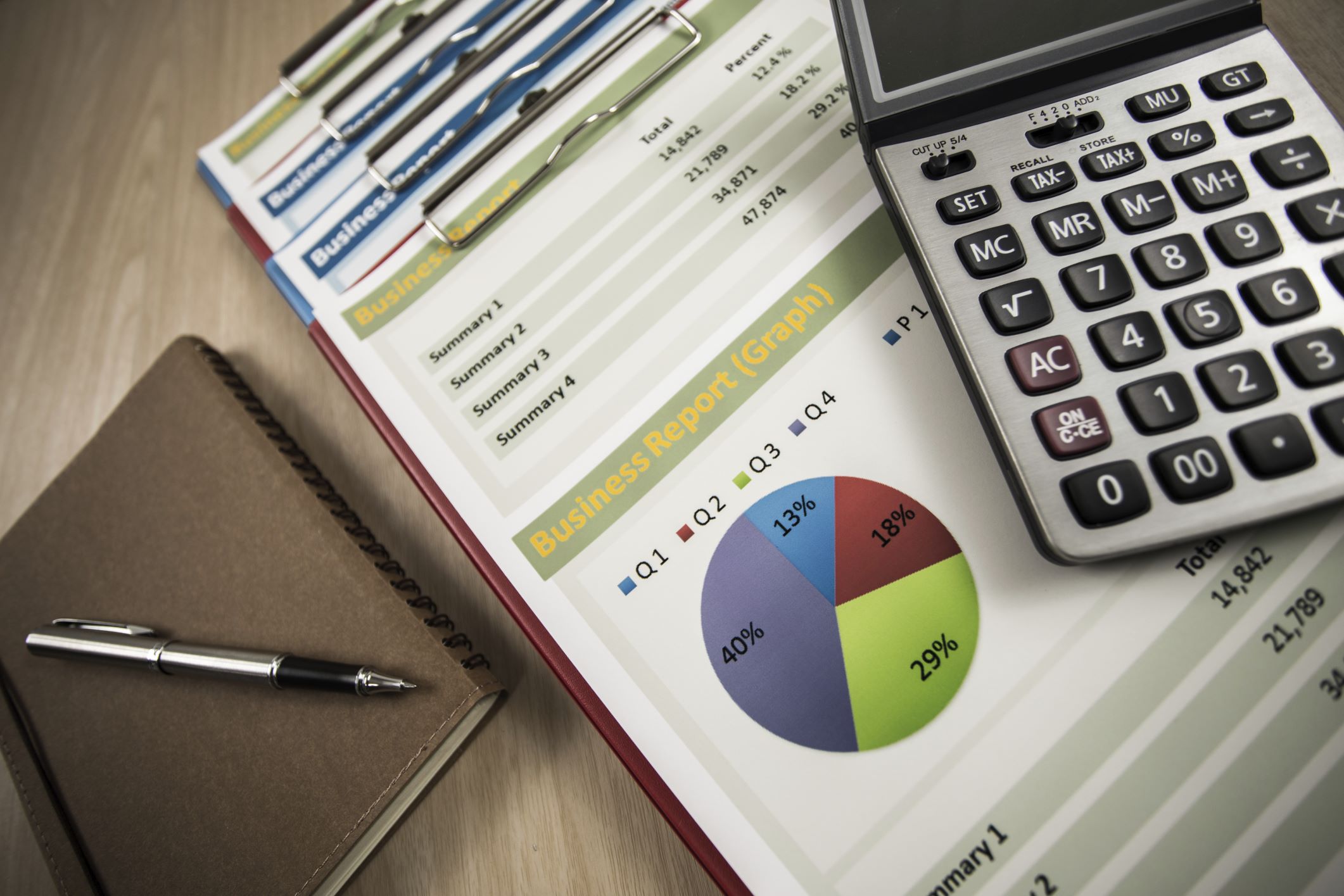Home>Finance>What Is The Income Limit For Homestead Credit Maryland


Finance
What Is The Income Limit For Homestead Credit Maryland
Published: January 13, 2024
Discover the income limit for the Homestead Credit in Maryland and how it can affect your finances. Ensure you maximize your benefits and savings.
(Many of the links in this article redirect to a specific reviewed product. Your purchase of these products through affiliate links helps to generate commission for LiveWell, at no extra cost. Learn more)
Table of Contents
Introduction
Welcome to our comprehensive guide on the income limit for the Homestead Credit in Maryland. The Homestead Credit is a program designed to provide property tax relief to homeowners in the state. It helps to limit the increase in assessed property values for eligible properties, which in turn can help reduce the property tax burden for homeowners.
Understanding the income limit for the Homestead Credit is essential for Maryland residents who want to take advantage of this program. It is important to determine if your income falls within the eligible range to benefit from this tax relief initiative.
In this article, we will discuss the Homestead Credit program in Maryland, explain how the income limit is determined, and provide guidance on how to apply for this valuable tax relief. Whether you are a first-time homeowner or have owned a property for years, understanding the income limit for the Homestead Credit can help you make informed financial decisions.
Let’s delve deeper into the details of the Homestead Credit program and how it relates to the income limit in Maryland.
Homestead Credit in Maryland
The Homestead Credit is a program offered by the state of Maryland to provide property tax relief to eligible homeowners. It is designed to limit the increase in assessed property values, ultimately reducing the amount of property taxes that homeowners have to pay.
One of the significant benefits of the Homestead Credit is that it helps ensure that homeowners are not burdened with sudden and substantial increases in property tax bills when property values rise. The program aims to provide stability and predictability when it comes to property taxes by capping the increase in assessed values for eligible properties.
In Maryland, the Homestead Credit is only available for owner-occupied residential properties. This means that properties used as primary residences, including single-family homes, condominiums, and cooperative housing units, are eligible for the program. Rental properties, second homes, and commercial properties do not qualify.
To apply for the Homestead Credit, homeowners need to file an application with the Maryland State Department of Assessments and Taxation (SDAT). Once approved, the credit will be applied to the homeowner’s property tax bill, reducing the amount they owe.
It is important to note that the Homestead Credit is not a one-time benefit. Once approved, homeowners receive the credit each year as long as they continue to meet the eligibility requirements. This can provide long-term financial relief and help homeowners better manage their property tax expenses.
Next, we will explore the criteria for determining eligibility for the Homestead Credit, which includes the income limit for Maryland homeowners.
Determining Eligibility for Homestead Credit
In order to qualify for the Homestead Credit in Maryland, homeowners must meet certain eligibility criteria set forth by the state. These criteria ensure that the program benefits those who truly need property tax relief. Apart from being an owner-occupied residential property, one of the key factors in determining eligibility is the homeowner’s income limit.
Along with the income limit, homeowners must meet other requirements such as being a resident of the state, having the property as their primary residence, and submitting a timely application. Let’s focus on the income limit specifically.
The income limit for the Homestead Credit is determined based on the total combined income of all residents of the property. This includes the homeowner and any other individuals who are listed as residents on the property. The income considered for this purpose includes wages, salaries, pensions, social security benefits, and any other sources of income. It is important to report all sources of income accurately when applying for the credit.
The income limit is reviewed annually and is subject to change. To ensure that you are aware of the current income limit for the Homestead Credit, it is recommended to visit the Maryland State Department of Assessments and Taxation (SDAT) website or contact the local government agency responsible for property taxes in your area.
Next, we will explore the specific income limits for homeowners in Maryland and the factors that can affect these limits.
Income Limit for Homestead Credit in Maryland
The income limit for the Homestead Credit program in Maryland is an important factor in determining eligibility for property tax relief. It helps ensure that the benefits of the program are targeted towards homeowners with lower incomes who may struggle with the burden of increasing property taxes.
The income limit for the Homestead Credit varies based on several factors, including the number of individuals residing in the property and the location of the property. In general, the income limits are set at a percentage of the state median income.
For example, as of the time of writing this article, the income limit for a single individual residing in Prince George’s County is different from the income limit for a household of four in Baltimore City. It is essential to check the current income limits specific to your county or city to ensure accuracy.
To determine if your income falls within the allowable limit for the Homestead Credit, you will need to calculate your total combined income and compare it to the income limit set for your area. If your income exceeds the limit, you may not be eligible for the program.
It’s important to note that even if your income does not surpass the income limit initially, any changes in your circumstances may impact your eligibility for the Homestead Credit in subsequent years. For example, a raise in income or the addition of a new resident to the property may affect your eligibility.
Additionally, it’s crucial to remember that the income limit is subject to change each year. Therefore, it is recommended to regularly check for updates to ensure you have the most accurate and up-to-date information regarding the income limits for the Homestead Credit program in Maryland.
Next, we will discuss the various factors that can influence the income limit for the Homestead Credit program.
Factors Affecting Income Limit
The income limit for the Homestead Credit program in Maryland can be influenced by various factors. Understanding these factors is crucial for homeowners who want to determine their eligibility for property tax relief through this program.
1. County or City: One of the significant factors that affect the income limit is the location of the property. Each county or city in Maryland may have different income limits for the Homestead Credit. The cost of living and median income levels can vary across different areas, leading to different income thresholds for eligibility.
2. Household Size: The number of individuals residing in the property is another influential factor. Typically, income limits for the Homestead Credit increase as the number of household members increases. This is because larger households often have higher expenses, and the income limit is adjusted to account for these additional financial obligations.
3. Median Income: The income limit for the Homestead Credit is often set as a percentage of the median income for the particular county or city. Changes in the median income can result in adjustments to the income limit. If the median income rises, the income limit may also increase, ensuring that the program is targeting those with relatively lower incomes.
4. Legislative Changes: The income limit can be affected by legislative changes at the state or local level. New laws or regulations may impact income thresholds for the Homestead Credit program. It is important to stay updated with any legislative changes that could potentially affect your eligibility for property tax relief.
5. Economic Conditions: Economic conditions and trends can also influence the income limit for the Homestead Credit. In times of economic downturn or recession, income limits may be adjusted to provide additional relief to homeowners who may be facing financial hardships.
It is essential to consider these factors when determining your eligibility for the Homestead Credit program. By understanding how these factors can affect the income limit, you can assess your qualifications for property tax relief and make informed financial decisions.
Next, we will discuss how the income limit is calculated for the Homestead Credit in Maryland.
Calculation of Income Limit
The income limit for the Homestead Credit in Maryland is calculated based on specific guidelines set by the state. These guidelines take into account various factors, such as household size and location, to determine the maximum income threshold for eligibility.
To calculate the income limit, the Maryland State Department of Assessments and Taxation (SDAT) typically considers the following steps:
- Determine Household Size: The first step is to determine the number of individuals residing in the property. This includes the homeowner and any other residents listed on the property. The income limit can vary based on the number of household members.
- Identify County or City: Next, the income limit is based on the location of the property. Each county and city in Maryland may have its own specific income limit, as it considers the local median income and cost of living.
- Calculate Percentage of Median Income: The income limit is typically calculated as a percentage of the median income for the particular county or city. The percentage can vary but is often set to ensure that the program benefits those with lower incomes.
- Apply Adjustments: Additional adjustments may be made to the income limit based on legislative changes or economic conditions. These adjustments take into account factors specific to the current year and reflect any changes that may impact income thresholds.
It is important to note that the income limit is subject to change on an annual basis. It is recommended to review the guidelines provided by the Maryland SDAT or consult with local government agencies responsible for property taxes to obtain accurate and up-to-date information.
By understanding how the income limit for the Homestead Credit is calculated, homeowners can assess their eligibility and determine if they meet the necessary requirements for property tax relief through this program.
Next, we will explore the process of applying for the Homestead Credit in Maryland.
Applying for Homestead Credit
If you meet the eligibility criteria for the Homestead Credit in Maryland, the next step is to apply for this valuable property tax relief. Applying for the Homestead Credit can help reduce your tax burden and provide long-term financial benefits for homeowners.
Here are the steps to apply for the Homestead Credit:
- Gather Required Documentation: Before starting the application process, gather all the necessary documentation. This may include proof of ownership, such as a deed or property tax bill, as well as proof of residency, such as a driver’s license or utility bill.
- Complete the Application: Obtain the Homestead Credit application from the Maryland State Department of Assessments and Taxation (SDAT) or download it from their website. Fill out the application accurately, providing all the required information, including your income details.
- Submit the Application: Once the application is completed, submit it to the appropriate SDAT office. The application submission deadline may vary, so make sure to check the specific deadline for your county or city. Late applications may result in a delay in receiving the Homestead Credit.
- Wait for Approval: After submitting the application, you will need to wait for the SDAT to review and process your application. The approval process may take some time, so be patient. If approved, you will receive a confirmation and the Homestead Credit will be applied to your property tax bill.
- Renew Annually: It is important to note that the Homestead Credit needs to be renewed annually. Typically, you will receive a renewal application in the mail. Make sure to complete and submit this renewal application on time to continue receiving the benefits of the Homestead Credit.
It is recommended to keep a copy of all your application materials and any related correspondence for future reference. This can help ensure that you have a record of your application and can provide necessary documentation if required.
By following these steps and completing the application process, you can take advantage of the Homestead Credit and enjoy the property tax relief it offers to eligible homeowners in Maryland.
Lastly, let’s conclude our discussion on the income limit for the Homestead Credit in Maryland.
Conclusion
The income limit for the Homestead Credit in Maryland plays a vital role in determining eligibility for this valuable property tax relief program. By understanding the income limit and the factors that can affect it, homeowners can assess their qualifications for the Homestead Credit and make informed financial decisions regarding their property tax obligations.
Throughout this guide, we have explored various aspects of the Homestead Credit program, including its purpose, eligibility criteria, and the process for applying. We learned that the Homestead Credit provides stability by limiting the increase in assessed property values for eligible properties, ultimately reducing the property tax burden for homeowners.
When considering eligibility, it is crucial to pay attention to factors such as location, household size, and changes in median income, as these elements directly influence the income limit for the Homestead Credit. By staying informed and regularly checking for updates, homeowners can ensure they have accurate and up-to-date information regarding the income limits specific to their county or city.
To apply for the Homestead Credit, homeowners need to gather the required documentation, complete the application accurately, and submit it to the appropriate authorities within the specified deadline. It’s essential to remember that the Homestead Credit needs to be renewed annually, and timely submission of renewal applications is necessary to continue benefiting from the program.
In conclusion, the Homestead Credit in Maryland offers a valuable opportunity for eligible homeowners to receive property tax relief. By understanding the income limit and following the application process, homeowners can take advantage of this program to alleviate their property tax burden and enjoy long-term financial benefits.
For more specific information and guidance, it is recommended to visit the Maryland State Department of Assessments and Taxation (SDAT) website or consult with local government agencies responsible for property taxes in your area.














